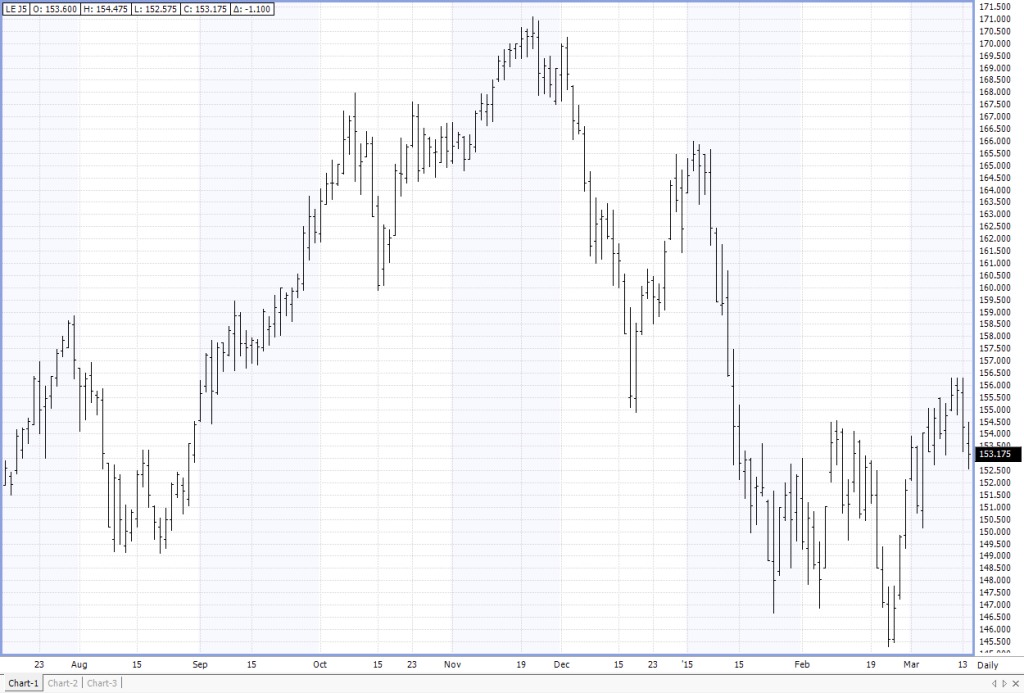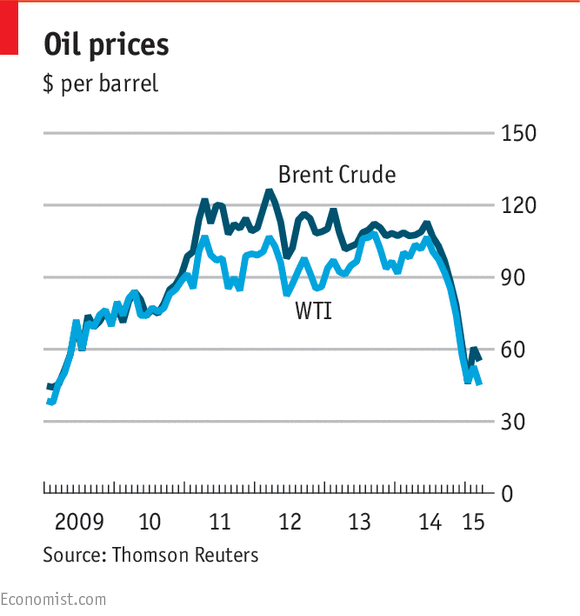China ETFs Slump on Terrible Export Numbers Yahoo India Finance
Post on: 26 Апрель, 2015 No Comment

RELATED QUOTES
The bad news for the Chinese economy continues to pile-up, as evidence is mounting that a robust growth rate will be hard to come by this year. While the manufacturing numbers were the first to signal this weakness, the recent export and import figures are the latest data points that are pointing towards Chinese economic problems.
In the February report, it was revealed that exports fell 18.1% in February (year-over-year) a sharp fall from the 10.6% increase in January. Meanwhile, imports jumped by 10.1% for the month, pushing China to a $23 billion trade deficit for the month.
This sluggish trade report, coupled with the weakness in the variety of other data points coming out of China lately, helped to push Chinese ETFs lower again to start the week. Below, we highlight some of the most impacted funds from this report, and their recent trading activity:
China ETFs in Focus
In the large cap sphere, the iShares FTSE China 25 Index Fund (FXI ). the iShares MSCI China Index Fund (MCHI ) and the SPDR S&P China ETF (GXC ) all lost at least 1.3% on the session. Meanwhile the PowerShares Golden Dragon Halter USX China Portfolio (PGJ ) was an even bigger loser, falling by about 2.9% on the day (read Forget FXI: Try These 3 China ETFs Instead ).
The more locally-focused A-Shares market—with funds such as ASHR and PEK —were hit especially hard, falling by over 3% each on the session. And from a sector look, the EGShares China Infrastructure Fund (CHXX ) was the biggest loser, slumping by roughly 1.8% to open up the week.
China ETF Trend
This poor trading continues the bearish trend for the China ETF market, as all of the aforementioned funds are down for the year-to-date time frame. In fact, the top China ETF, FXI, has actually lost more than 10% on the year, while the A-Shares funds are seeing losses approaching 15% as well, suggesting that the bearish momentum has been pretty heavy for this nation in the short term.
Unsurprisingly given this bearishness, investors have begun to pull their capital out of the broad China ETF space, as aggregate fund outflows are approaching a third of a billion dollars YTD. So not only are prices falling, but seemingly investors are losing interest in the segment as well (see 3 Most Popular ETFs of February ).
Turnaround Possible?

For those hoping for a turnaround, there is a silver lining in the data, at least depending on some sources. According to a Reuters article. last year’s numbers may have been inflated due to fake trade deals, while the Lunar Holiday timing may have also played a role in depressing this year’s numbers. Plus, with surging developed markets, there is some hope that more demand from the West will boost the Chinese economy in the near term.
However, there are a number of headwinds still facing the Chinese economy in the near term, including the never-ending difficulty of getting the Chinese consumer to boost spending. The taper could also cause outflows from foreign markets like China too, so it may be tough in the near term for the world’s second biggest economy to breakout (see all the Asia-Pacific Emerging ETFs ).
Bottom Line
Given these headwinds and the weak momentum in Chinese stocks, the recent trade data has only added fuel to the bear’s fire over the nation. So investors may want to stay away from broad China ETFs in the near term, at least until we can see a bit of a turnaround in these important trade figures, or until more is known about either the taper or any simulative measures from the People’s Republic to break China out of its recent slump.
Want the latest recommendations from Zacks Investment Research? Today, you can download 7 Best Stocks for the Next 30 Days. Click to get this free report >>














